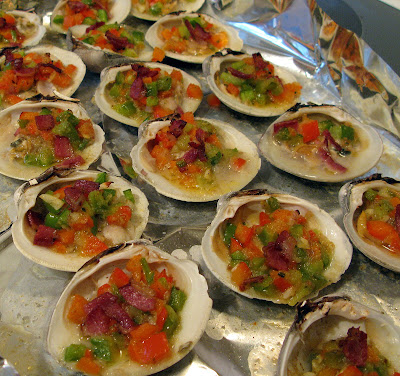PETA argues that boycotting the syrup will help pressure the Canadian government into stopping the seal hunt. In reply to the call from PETA, Canadian Gov. Gen. Michaelle Jean "showed solidarity with Canadian seal hunters by eating a slice of seal heart on national television" according to canada.com
The Humane Society also opposes the baby seal hunt. According to its web site:
Seal hunting is an off-season activity conducted by fishers from Canada's East Coast. They earn a small fraction of their incomes from sealing—primarily from the sale of seal pelts to European fashion markets. But the vast majority of the sealers' incomes are from commercial fisheries. Canadian seafood exports to the United States contribute $2.4 billion annually to the Canadian economy—dwarfing the few million dollars provided by the seal hunt. The connection between the commercial fishing industry and the seal hunt in Canada gives consumers all over the world the power to end this cruel and brutal slaughter.Opposing the seal hunt is reasonable and joining the boycott is an easy step for consumers to undertake.
Use your clout as a consumer and join this boycott of Canadian maple syrup until the seal hunt is stopped.







